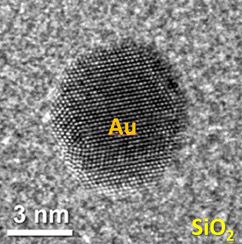Prerequisites: Electromagnetism, Quantum Physics (particle in a box, quantum confinement), Solid State Physics (phononic and electronic structures of solids, thermal and optical properties).
Target skills and knowledge:
Learning objectives:
- Understanding the basic concepts describing the chemical and physical properties of nanostructured materials and their applications in nanotechnology
- Description of some techniques for the synthesis and characterization of confined nanostructures (nanoclusters) with nanotech application in photonics, plasmonics and magnetism.
Planned learning activities and teaching methods: Standard lectures.
Textbooks: Slides and videos in the Moodle page.
Optional Supplementary Readings:
- S. Maier, Plasmonics, fundamentals and applications, Springer (2007)
- P. Prasad, Nanophotonics, Wiley-Interscience (2004)
- C. Bohren and D. Huffmann, Absorption and scattering of light by small particles, Wiley-Interscience (2004)
- S. Gaponenko, Introductio to Nanophotonics, Cambridge Univ. Press (2010)
- D. Griffiths, Introduction to Electrodynamics (5th Ed.), Cambridge Univ. Press (2023)
